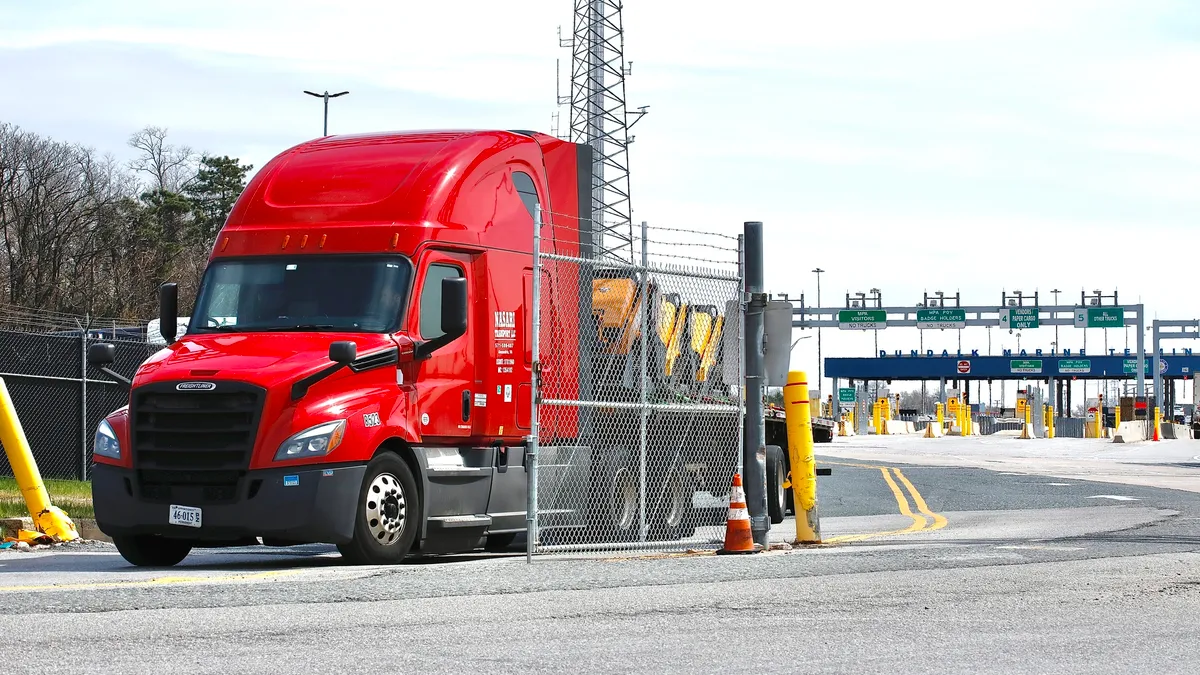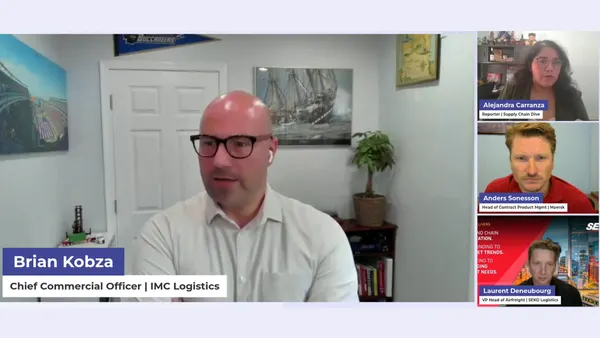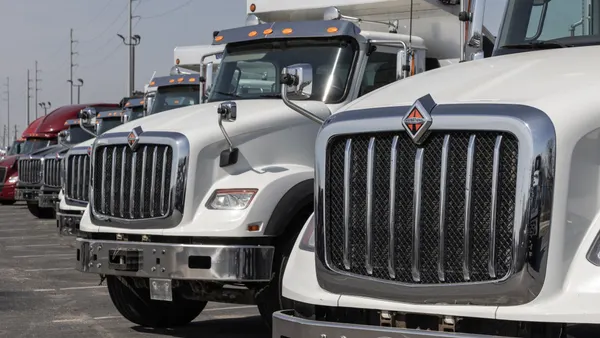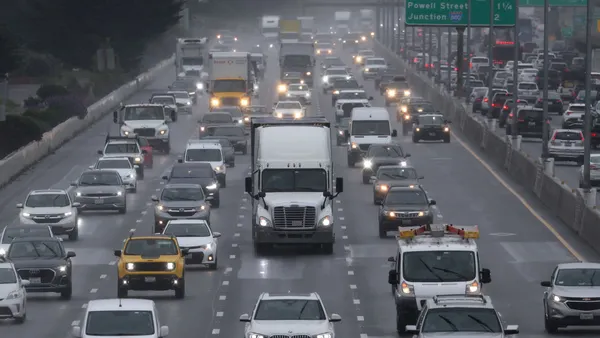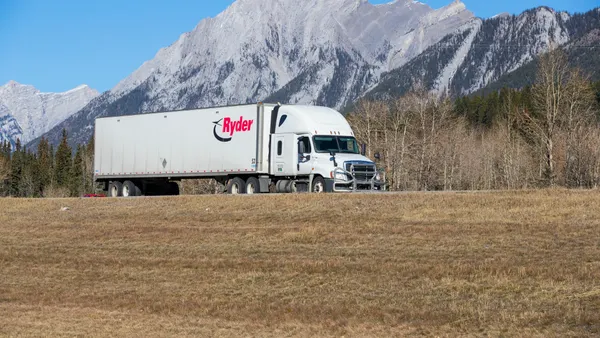Since many truck drivers who haul freight to and from the Port of Baltimore run within 150 miles, they typically do not need to use an electric logging device to track their hours of service.
For longer runs to pick up diverted shipments at other ports following the deadly Francis Scott Key Bridge collapse, these short-haul drivers don’t need to install an ELD, thanks to a Federal Motor Carrier Safety Administration emergency declaration effective until May 8.
But they do need to track their hours the old-fashioned way.
The FMCSA provided a refresher — a first-time education, for some — Wednesday on how to fill out paper logs, alongside other resources for trucking industry stakeholders. Local drivers, law enforcement, and state and national trucking association officials were among the more than 300 attendees who joined a virtual call.
“I know the work that you do is challenging, even on the best of days,” Acting Deputy Administrator Sue Lawless said. “So we want to offer you this opportunity to help explain what the emergency declaration means and how it might affect you.”
Agency officials encouraged those on the call to review the extended emergency declaration, which provides an additional two hours of service time when drivers perform the following three trucking activities:
- transportation of materials related to the immediate bridge collapse response;
- hauling shipments rerouted from the closure of the Port of Baltimore;
- carrying fuel (gasoline, ethanol, propane, natural gas and heating oil) from Maryland’s Curtis Bay terminal to Anne Arundel County, Baltimore City, Baltimore County, Carroll County, Cecil County, Frederick County, Harford County, Howard County, Queen Anne’s County, and Washington County
“If you are not within that geographic region, related to the transportation of fuel, all normal rules for hours of service, ELD, everything else applies,” said Tom Liberatore, director of the FMCSA’s office of enforcement and compliance.
The agency presented maps generated by the University of Maryland showing changes in traffic patterns since the bridge collapse, which killed six people when the container ship Dali struck a support pier on March 26.
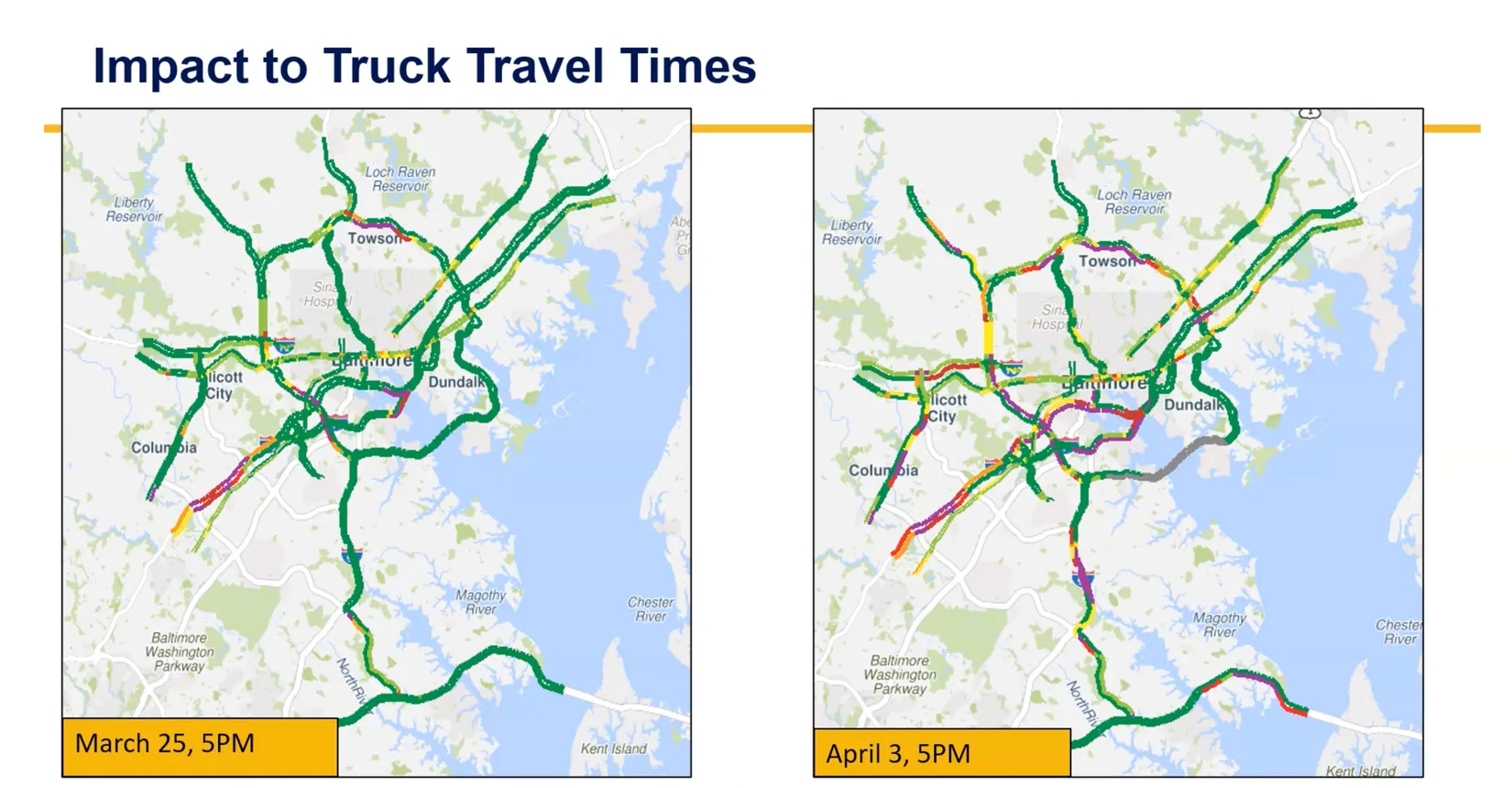
A representative from a heavy machinery hauler asked Liberatore whether a city route would be opened for fully loaded trucks. No such truck route exists yet, Liberatore said, but he referred the question to state and local officials.
The FMCSA’s website lists additional resources for truckers, including social media for its various partner agencies involved in the bridge collapse response.
Louis Campion, president and CEO of the Maryland Motor Truck Association, praised the regulatory agency’s response to the group’s requests since the bridge fell.
The paper log refresher was useful to his members, regardless of whether they’ve filled one out before, he said.
“We don't want those drivers cited for what they call ‘improper record of duty’ status, where you make a mistake on your log book,” he said. “So I appreciate [FMCSA] doing that.”



